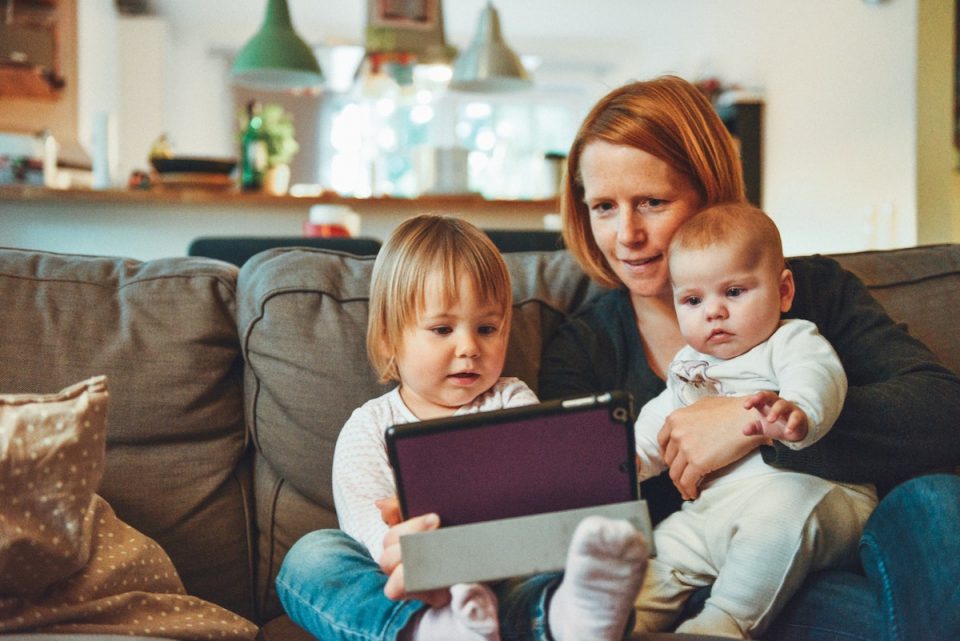How to Prepare Your Office after COVID-19: 11 rules

7 Free Resume Templates
July 16, 2020
Happy Birthday to the Envelope!
July 23, 2020
As the world slowly returns to the office after the lockdowns of the initial response to the current coronavirus pandemic, we are all concerned about how to prepare our workplaces for life after lockdown.
Managers, workers, policymakers, and compliance teams alike are all concerned with ensuring the return to the office is as safe as possible. Let’s consider the steps involved.
#1. Compliance
Management teams will need to understand all the relevant regulations – at a federal, state, and local level. If your offices span multiple geographic locations, managers will need to be prepared to adapt to several different sets of rules. Taking the route of maximum protection across all locations is, therefore, a sensible approach.
#2. Health and safety
Rules need to be communicated to all staff. The World Health Organisation suggests guidelines for the use of personal protective equipment, such as masks and gloves, and hand sanitizer should be reinforced with posters around the workplace.
#3. Repurposing entrance spaces
Instead of welcoming coffee bars and relaxed seating areas, reception areas can be repurposed as areas where staff can be checked before being admitted entrance. Temperature checks, handwashing or sanitizing facilities, and other precautions can be put in place to ensure the virus isn’t brought into the workplace.
#4. Be flexible in planning
Not all staff will be able to return at the same time. Some may be reluctant to return to the office. Some may have caregiving responsibilities. Some may be required to shield as a result of their own health considerations. Managers need to take the time to understand the needs of individual staff members and be flexible in planning the back to work process.
#5. Adapt office spaces
Office furniture may need to be moved or adapted to comply with social distancing protocols. Communal areas such as canteens or meeting rooms could be repurposed into additional office space to allow for greater social distancing. Routes through buildings, with one-way systems in corridors, need to be planned and marked out. Ultimately, however, it may be impossible to get everybody back to work. This may mean a phased reopening or rotas for remote working versus office working will need to be established, at least in the short term.
#6. Fresh air
If it is possible to open windows, this is the best way to ventilate the office to reduce the spread of the virus. Air conditioning units recycle the air which risks transmitting the virus.
#7. Provide hand sanitizer stations
High-touch surfaces need to be cleaned regularly throughout the day. Encourage staff to wipe down their own workspaces by providing them with the tools to do so. Hand sanitizer should be made available to staff throughout the building.
#8. Avoid meetings & events
If a meeting or event can be hosted virtually, then switch to virtual. The World Health Organisation recommends you replace face-to-face meetings with a teleconference or online event.
#9. Ensure quarantine measures are understood
Employees need to understand when they can return to work if they suspect they have or have had the virus. Establish clear quarantine rules and communicate them consistently and repeatedly.
#10. Plan to enhance processes
HR staff need to be prepared to deal with a greater incidence of concerns and complaints arising from the back to work process. Make sure they are resourced to handle these issues positively, listen, and take on board concerns and ideas. Clear, positive communication can help to transform the handling of employees’ natural concerns into an opportunity to increase employee engagement and strengthen loyalty for long-term benefit.
#11. Contingency
We all need to be aware of second spikes in infection rates. Even as you return to the workplace, you need to be developing contingency plans to ensure business continuity in the event of another outbreak in your locality.
Together, and with careful planning, we can stay safe and keep each other healthy and ensure a successful return to the office.




